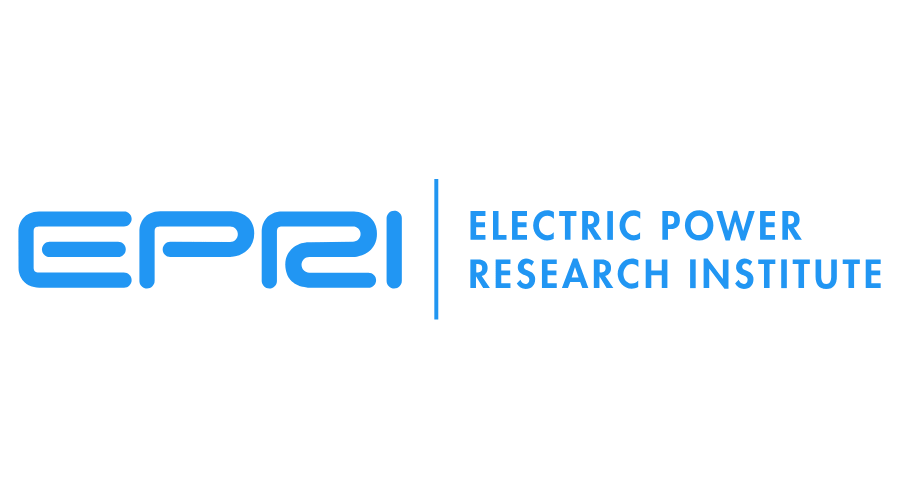The Electric Power Research Institute (EPRI) “provides thought leadership, industry expertise, and collaborative value to help the electricity sector identify issues, technology gaps, and broader needs that can be addressed through effective research and development programs for the benefit of society.” RADeCO and Exyn Technologies which is a developer of aerial robot systems are working with EPRI. These three organizations collaborated on the demonstration of an autonomous drone at Exelon’s Peach Bottom nuclear power station.
The drone was used for the inspection of components that were located in elevated and hard to access areas. It searched for temperature anomalies and collected dose rates surveys in radiological zones. All this was accomplished by the drone without the intervention of a human operator.
Brandon Di Zebba is the senior radiological engineer at the Peach Bottom plant. He said that this autonomous drone should improve industrial and radiological safety for Exelon plants.
In an EPRI video, Di Zebba said, “What has impressed me with this technology is that it is all automated. Previous technology has required the pilot to have line-of-site of the drone... which is not always possible in the nuclear industry.”
Keith Lovendale is the president and CEO of RADeCO which was EPRI’s main subcontractor for the project. RADeCO worked with Exyn Technologies which helped with the design of the navigation system and operation. He said, “Our focus was to demonstrate an autonomous aerial system and a ground system.”
The drone is equipped with a camera for visual inspections, temperature sensors and dosimeter for radiation measurement. It has Lidar radar and inertial units for mapping and navigation. It is programed for autonomous flight using a tablet computer for the interface.
For the demonstration, the drone first mapped the indoor area with its Lidar and then the inspection points were plotted on a 3D map that was created by the drone’s software.
The drone traveled under its own control to the previously identified component inspection locations which consisted of piping where there were heat blankets and dose measurement points. The drone system was able to display recorded data on the 3D Lidar map in real-time. A machine-learning algorithm is integrated into the drone which enables it to identify and avoid obstacles. This includes maneuvering around unexpected visitors in the room which is a key safety feature.
Richard Bolding is a senior instrument physicist at Peach Bottom. He said that “As far as deploying the technology, something that we must look at if we want to be cost-effective.” This will be especially important for Units 2 and 3 at Peach Bottom which have recently been awarded a twenty year lease extension by the U.S. Nuclear Regulatory Commission (NRC). This will extend their operating lives until 2054.
Bryan Hanson is the chief nuclear officer of Exelon Nuclear. He remarked last March that the Peach Bottom plant is particularly well suited to keep running but he did make note of the difficulty of trying to compete with cheaper natural gas, wind and solar in the national electricity market.
Exyn says that it is investigation a wide range of potential applications for autonomous drones in the nuclear industry. It is also collaborating with the nuclear industry to port the software to smaller drones. The current drone is too big to get into many areas that would benefit from autonomous inspection.
EPRI is also researching the use of autonomous drone technology for the nuclear industry which includes smaller drones to allow access into tighter areas of the plant, surface vehicles for the collecting of smears for contamination surveys and outdoor drones for collecting radiological data to support a plant’s emergency plans.
